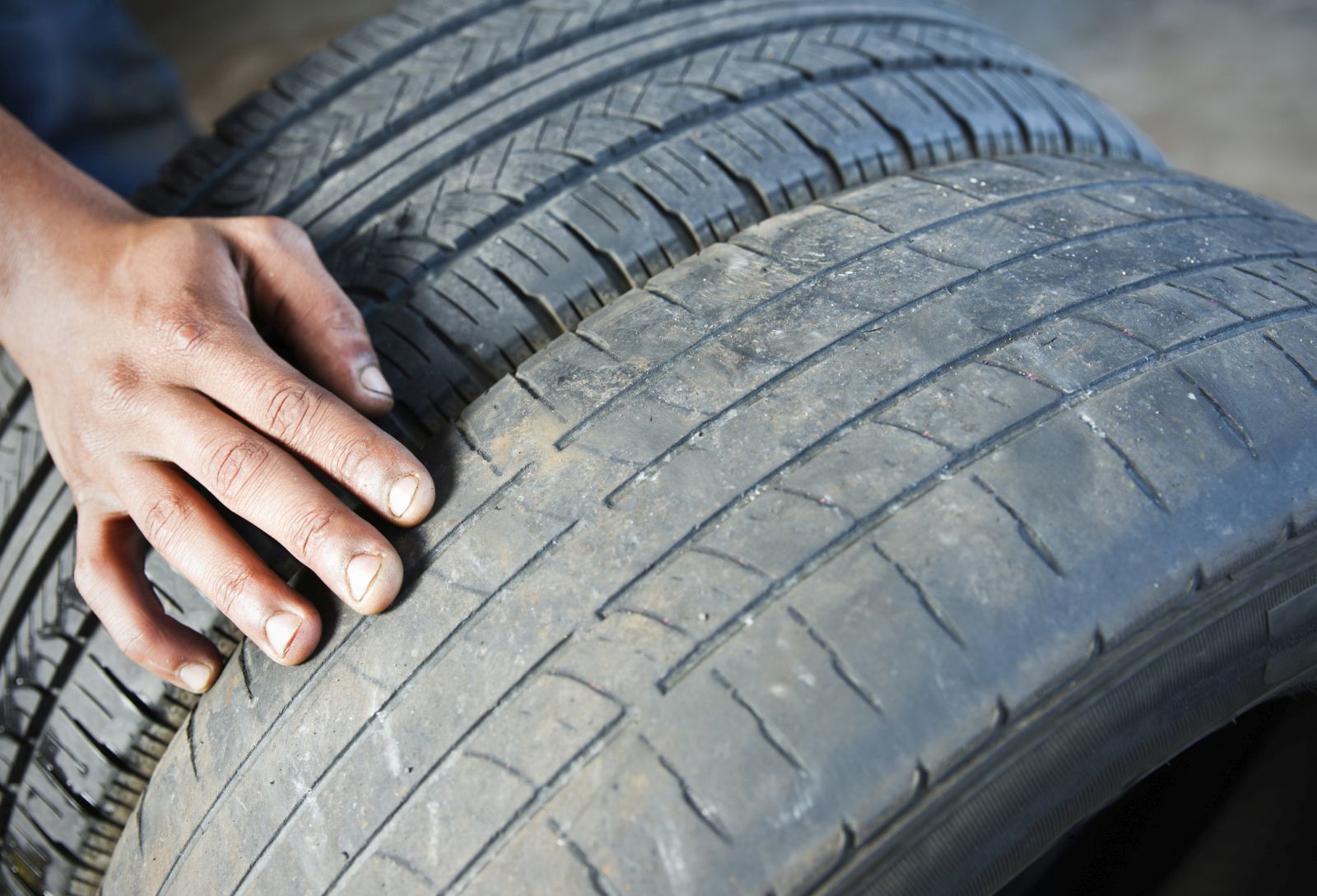Cupped tires – tips and tricks
Quality car tires are essential for safety and (driving) comfort. That fact needs no explanation. But did you know that buying a quartet of good tires alone is not enough? Thorough (after)care for the mounted tires is in fact equally important. Research shows that this is still sometimes forgotten.
Incorrect tire pressure
To give an example, a quarter of motorists are found to be driving around with incorrect tire pressure. Consequence: higher fuel consumption, less grip, lower braking distance and shorter tire life. Worn shock absorbers are also a common reason why the maximum performance is not obtained from the fitted car tires. As many as 1 in 4 cars drive around with one or more worn shock absorbers.
Cupped tires,
Less common, but certainly also a silent underlying cause of uneven tire wear, including cupped tires, is improper wheel alignment. So it certainly doesn’t hurt to have all four wheels on your car checked from time to time to make sure they are as they should be according to the manufacturer – and preferably an adjustment as close to zero tolerance as possible. Okay, just one more to take the edge off once and for all: did you know that hundreds of thousands of motorists drive through the summer on winter tires? Feel free to imagine the effect on road safety and driving comfort when driving around with a combination of these factors….
What are cupped tires?
Because many cars drive around with one or more of the aforementioned factors, cupped tires are a regular occurrence. But what exactly are cupped tires? Well, cupped tires, actually called saw tooth wear, is a form of irregular wear around the shoulder(s) of a tire. Over the entire band is also possible, but is less often an issue.
Sawtooth wear occurs most often on wide(er) tires developed for sporty driving and on the non-drive tires. The reason for this is because sporty cars are factory fitted with a relatively large amount of toe-in (read: slightly turned towards each other) to improve handling. However, it is the bodywork that forces the tires to go straight while driving, resulting in irregular wear.
How do you recognize cupped tires?
Find out if your car’s tires may be suffering from cup formation? If so, listen carefully to see if you hear an excessive buzzing of the roll-off noise or feel unnatural vibrations in the steering wheel while driving. In addition, “cupping” can be felt by gently stroking the tire’s tread – in both directions – with the palm of your hand; the tread should not feel smooth in one direction and curdling in the other.
How do you prevent cupped tires?
And the cure? We have already mentioned them briefly, such as remaining faithful to the correct tire pressure (feel free to keep it 10% to 15% higher than the pressure recommended on behalf of the manufacturer) and checking that the shock absorbers are still working properly (especially for cars with mileage over 150,000). It is not easy to completely prevent cambered tires, because, as indicated, you also want to enjoy the best possible handling of the car, and that requires a certain amount of toe-in. However, do you want to minimize cupping? Then change the position of the tires on your car regularly.

